Orthodontic treatment has become a common and essential part of modern dentistry, offering individuals the opportunity to correct misaligned teeth and improve their oral health, function, and appearance. While most commonly associated with teenagers, orthodontic care is suitable for patients of all ages. Whether it’s for aesthetic improvement or functional enhancement, the benefits of orthodontic treatment extend beyond just a straighter smile.
In this detailed article, we will explore the entire process of orthodontic treatment, from understanding the fundamentals of teeth misalignment to the various orthodontic appliances used in correction. We will also delve into the different types of orthodontic treatments, the benefits they provide, and the overall impact on both health and appearance.
By the end of this article, readers will gain a comprehensive understanding of orthodontic treatment, the importance of a healthy bite, and how modern orthodontics can transform lives.
1. Introduction to Orthodontics
1.1 What is Orthodontics?
Orthodontics is a specialized branch of dentistry that focuses on diagnosing, preventing, and treating dental and facial irregularities, particularly with regard to the alignment of teeth and jaws. It involves the use of various devices to correct misaligned teeth (malocclusion) and improve the alignment of the bite. Orthodontic treatment is typically concerned with two main aspects:
- Teeth alignment: The correction of teeth that are crooked, overcrowded, or spaced too far apart.
- Jaw alignment: The treatment of problems related to the upper and lower jaws, such as overbites, underbites, crossbites, or open bites.
While orthodontics is often associated with braces, many other devices and treatment methods exist to address these concerns, which can lead to improved oral health, enhanced aesthetics, and greater self-confidence.
1.2 Why is Orthodontic Treatment Important?
Orthodontic treatment is not just about improving appearance—it has numerous health benefits as well. Proper alignment of the teeth and jaws can:
- Improve oral hygiene: Straight teeth are easier to clean, which reduces the risk of cavities, gum disease, and tooth decay.
- Enhance chewing and speaking: Misaligned teeth can make chewing and speaking difficult, leading to discomfort or functional problems. Orthodontics can help correct these issues, improving quality of life.
- Prevent further dental problems: Misaligned teeth can cause excessive wear on certain teeth, jaw pain, headaches, and even tooth loss in some cases. Correcting these issues early can prevent more severe problems in the future.
- Boost self-esteem: A well-aligned smile can greatly enhance confidence and self-image.
1.3 Goals of Orthodontic Treatment
The primary goals of orthodontic treatment include:
- Alignment of teeth: Ensuring that the teeth are aligned properly in relation to each other and the bite.
- Correction of bite issues: Addressing any discrepancies in the way the upper and lower teeth meet when the mouth is closed.
- Improved function: Enhancing the ability to chew, speak, and breathe by correcting misaligned teeth and jaws.
- Aesthetic improvement: Creating a more visually pleasing smile and facial appearance.
- Long-term oral health: Preventing problems like gum disease, tooth decay, and tooth wear by improving tooth alignment and bite.
2. Types of Orthodontic Issues
Orthodontic problems can range from mild to severe, and they can be caused by genetics, childhood habits, injuries, or certain diseases. Common orthodontic issues include:
2.1 Malocclusion (Misalignment of the Bite)
- Overbite: A condition in which the upper front teeth overlap the lower front teeth significantly.
- Underbite: The lower front teeth extend beyond the upper front teeth, often caused by the lower jaw being too far forward.
- Crossbite: Occurs when one or more of the upper teeth bite inside the lower teeth. This can affect one or both sides of the mouth and lead to tooth wear or gum problems.
- Open bite: When there is a space between the upper and lower teeth when the mouth is closed, preventing proper biting and chewing.
- Crowded teeth: When there is not enough space in the mouth for all the teeth to fit properly, resulting in overlapping or crooked teeth.
- Gaps between teeth: Some individuals may have too much space between their teeth due to missing teeth or irregular development.
2.2 Jaw Issues
- Class II Malocclusion: Also known as an overbite, this is when the upper jaw protrudes over the lower jaw.
- Class III Malocclusion: Known as an underbite, this occurs when the lower jaw is too far forward, causing the lower teeth to protrude beyond the upper teeth.
2.3 Other Problems
- Teeth alignment issues due to injury or trauma: Accidents or injuries can misalign teeth or cause fractures, necessitating orthodontic treatment.
- Genetic factors: Family history of malocclusion or crowded teeth can influence the need for orthodontic treatment.
- Thumb sucking or pacifier use: Prolonged thumb-sucking or pacifier use in childhood can contribute to misaligned teeth and jaw development.
3. How Orthodontics Works
3.1 The Science Behind Orthodontic Treatment
Orthodontics works by applying controlled forces to the teeth and jaws, gradually moving them into their correct positions. This process takes advantage of the natural remodeling capabilities of bone and tissue in the mouth. When pressure is applied to the teeth over time, the bone surrounding the tooth roots begins to break down and rebuild, allowing the teeth to shift. This process is known as bone remodeling.
- Tooth movement: The force applied by braces or other orthodontic appliances causes the bone to resorb (break down) on one side of the tooth while rebuilding on the other side, allowing the tooth to gradually move into a better position.
- Retention: After the teeth are moved into place, retainers are used to hold them in their new positions while the bone and soft tissues adjust to the change.
3.2 The Role of Orthodontic Appliances
Orthodontic appliances are used to move the teeth into better alignment. These appliances can be fixed or removable, and they work by applying gentle pressure to the teeth and jaws.
3.2.1 Braces
- Traditional metal braces: These consist of brackets that are bonded to the teeth and connected by a wire. The wire is tightened periodically to move the teeth into the desired positions.
- Ceramic braces: Similar to metal braces but made of tooth-colored materials, ceramic braces are less visible than traditional metal braces.
- Lingual braces: These are placed on the inside (lingual side) of the teeth, making them virtually invisible from the outside.
- Self-ligating braces: These braces use a built-in mechanism to hold the archwire in place, reducing the need for elastic bands and allowing for more efficient tooth movement.
3.2.2 Clear Aligners (Invisalign)
Clear aligners are a popular alternative to traditional braces, especially for adults who want a more discreet option. These aligners are custom-made for each patient and gradually move the teeth into position. They are removable, which allows for easier cleaning and eating. Aligners are made of clear plastic, making them nearly invisible.
3.2.3 Retainers
Once the treatment has moved the teeth into their final positions, retainers are used to ensure that the teeth stay in place. Retainers can be removable or fixed and are worn for a period of time after the active treatment phase to prevent relapse.
3.2.4 Headgear and Other Appliances
- Headgear: A type of orthodontic appliance that attaches to the braces and is worn outside the mouth. It helps to correct issues with jaw alignment by applying force to the upper jaw or teeth.
- Palatal expanders: These appliances are used to widen the upper jaw if it is too narrow, often used in children whose jaws are still growing.
- Space maintainers: These are used to keep space open in the mouth if a child loses a baby tooth prematurely.

4. The Orthodontic Treatment Process
4.1 Initial Consultation and Evaluation
The first step in orthodontic treatment is a thorough examination and consultation with an orthodontist. During this visit, the orthodontist will:
- Review the patient’s medical and dental history.
- Perform a clinical examination of the teeth, gums, and jaws.
- Take X-rays, photographs, and impressions (molds) of the teeth to assess alignment and plan the treatment.
Based on the findings, the orthodontist will discuss the best course of action and present the available treatment options, including the type of braces or aligners best suited for the individual’s needs.
4.2 Creating a Treatment Plan
Once the examination is complete, a personalized treatment plan is developed. This plan outlines the specific goals of treatment, the expected timeline, and the appliances that will be used. The orthodontist will also provide the patient with an estimate of the costs and schedule for follow-up appointments.
4.3 Installation of Braces or Aligners
For traditional braces, the orthodontist will bond brackets to the teeth and thread a wire through them. The first appointment for braces typically lasts between 1-2 hours. For clear aligners, custom-made trays are created, and the patient will be instructed on how to wear them.
4.4 Adjustments and Monitoring Progress
Throughout the course of treatment, the patient will have regular check-ups (usually every 4-8 weeks) to monitor progress and make adjustments to the braces or aligners. This
may involve tightening the wires, replacing elastics, or switching to a new set of aligners.
4.5 Completion of Treatment and Retention
Once the teeth are in their desired position, the braces or aligners are removed, and retainers are provided to maintain the results. Retainers are typically worn full-time initially and then gradually reduced to part-time use as the teeth stabilize.
5. Benefits of Orthodontic Treatment
5.1 Aesthetic Improvements
Orthodontic treatment can dramatically improve the appearance of the teeth, creating a more harmonious and attractive smile. Straightening the teeth and improving bite alignment can lead to greater self-confidence and enhanced social interactions.
5.2 Improved Oral Health
Properly aligned teeth are easier to clean, which reduces the risk of gum disease, cavities, and tooth decay. Orthodontic treatment can help create a healthier mouth overall by making it easier to maintain proper oral hygiene.
5.3 Enhanced Functionality
Orthodontic treatment can help correct functional issues, such as difficulty chewing, speaking, or biting, by ensuring the teeth and jaws align correctly. This can reduce discomfort and improve overall oral function.
5.4 Prevention of Future Problems
By addressing misaligned teeth and jaw issues early, orthodontic treatment can prevent more severe problems in the future, such as excessive tooth wear, jaw pain, and even tooth loss.
6. Conclusion
Orthodontic treatment offers an effective solution for individuals with misaligned teeth and jaw issues, leading to both aesthetic and functional improvements. By addressing malocclusion, misalignment, and other dental problems, orthodontics not only improves the appearance of the smile but also contributes to better oral health, greater comfort, and long-term dental well-being.
Advancements in orthodontic technology, such as clear aligners and self-ligating braces, have made treatments more accessible, comfortable, and discreet. Regardless of age, orthodontic care is a valuable investment in both health and appearance, helping individuals of all ages achieve a beautiful, healthy smile that will last a lifetime. If you’re considering orthodontic treatment, consult with an experienced orthodontist to discuss the options available and determine the best treatment plan for your needs.


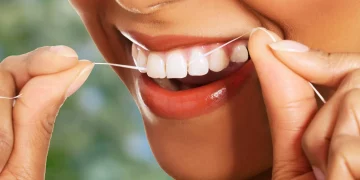



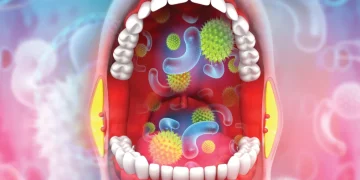
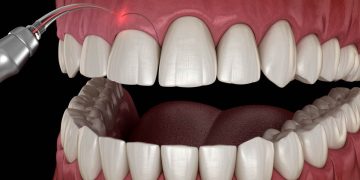
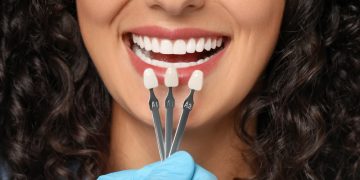


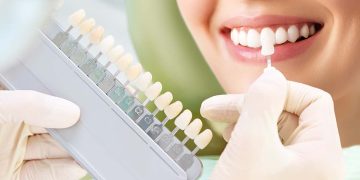
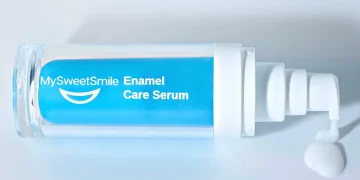



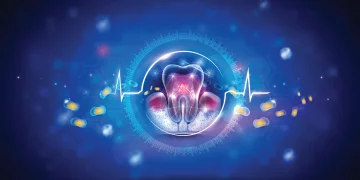








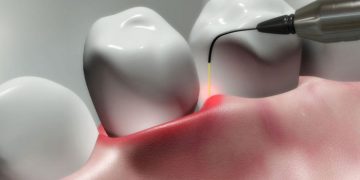


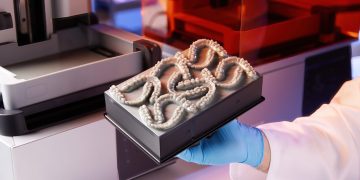
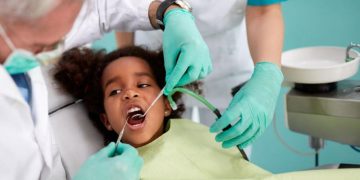
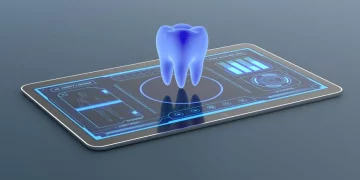
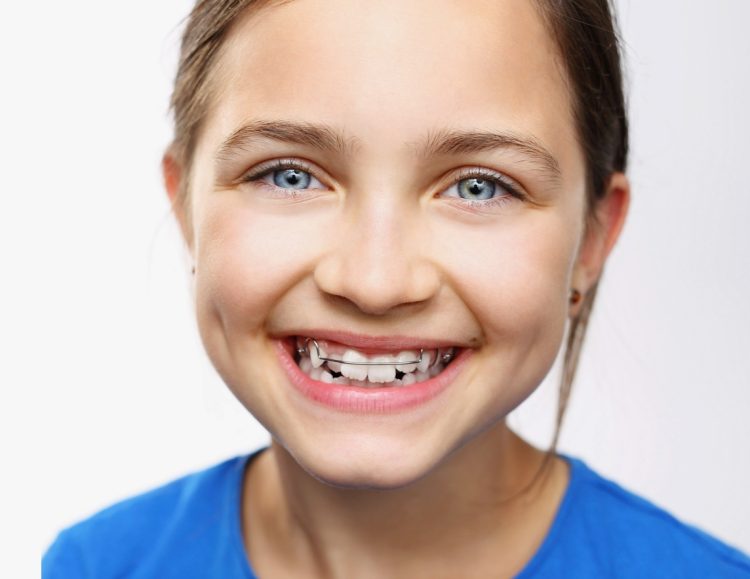













Discussion about this post